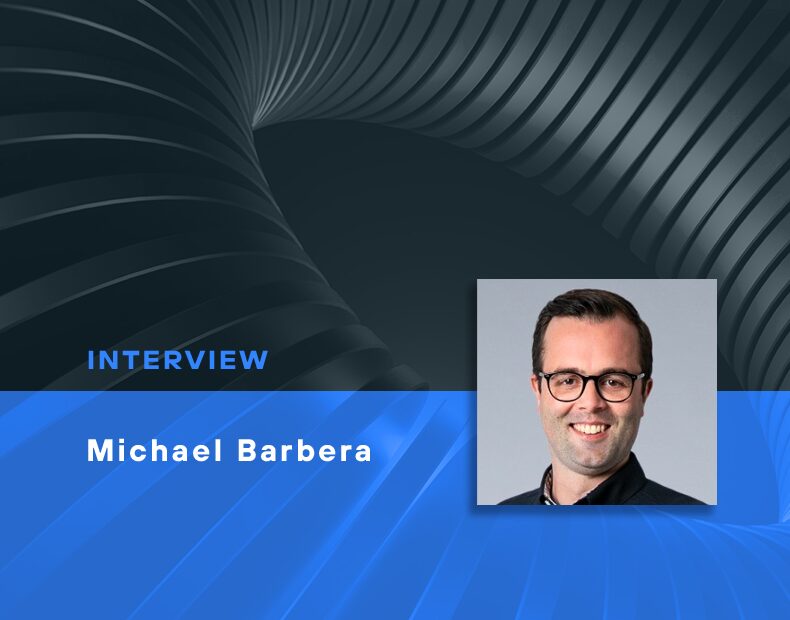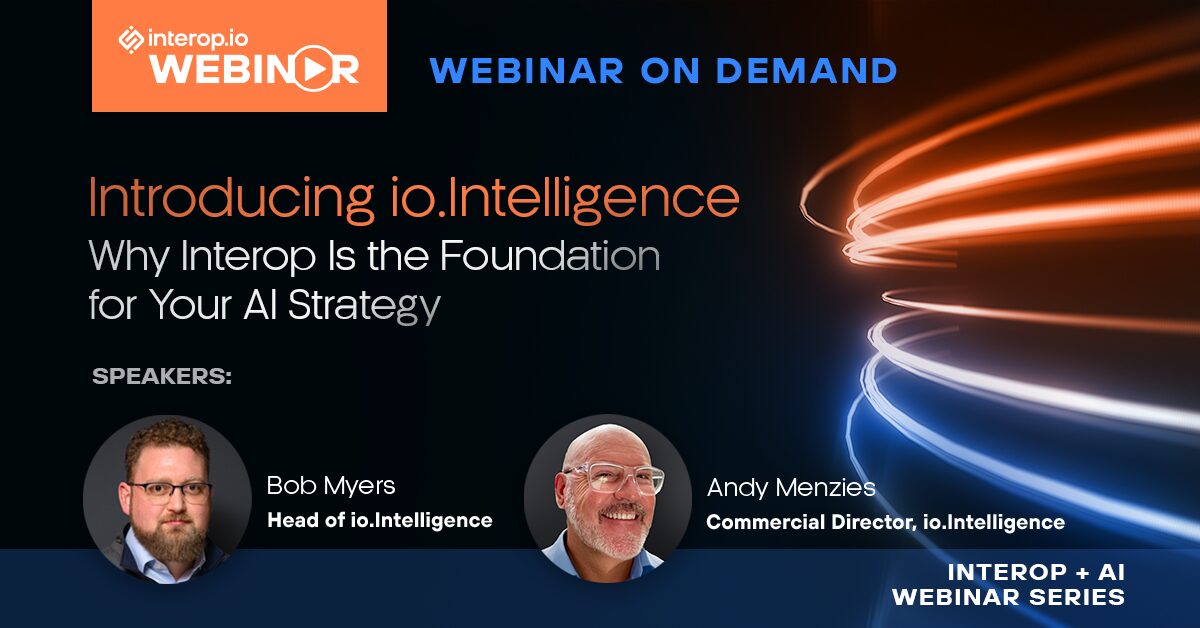
Discover How io.Insights Brings Observability to the Desktop
How Can io.Insights Work for You?
In this session from the October 2025 interop.io Client Forum, Senior Product Manager Yordan Yordano and Development Lead Velko Nikolov walk through how io.Insights helps teams turn telemetry data into actionable insights. Built with OpenTelemetry standards, io.Insights gives you real-time visibility into your applications, user journeys, and platform performance — all within io.Connect Desktop and Browser.
Learn why observability matters and how it enables proactive issue detection, shared understanding across teams, and faster root cause analysis. You’ll see how io.Insights automatically captures metrics, traces, and logs from your deployment, providing powerful data for debugging, performance tuning, and workflow optimization.
The demo also explores real-world examples, including:
- User journey traces that visualize how users move between applications
- Clickstream analytics to understand in-app interactions
- Complex operation traces that reveal performance bottlenecks
- Platform metrics for CPU, memory, and usage trends
Whether you’re just getting started with observability or ready to instrument custom telemetry, io.Insights makes it easy to build dashboards, analyze performance, and even connect AI models for deeper workflow insights.
To learn more or get help setting up io.Insights for your environment, reach out to your interop.io representative.

